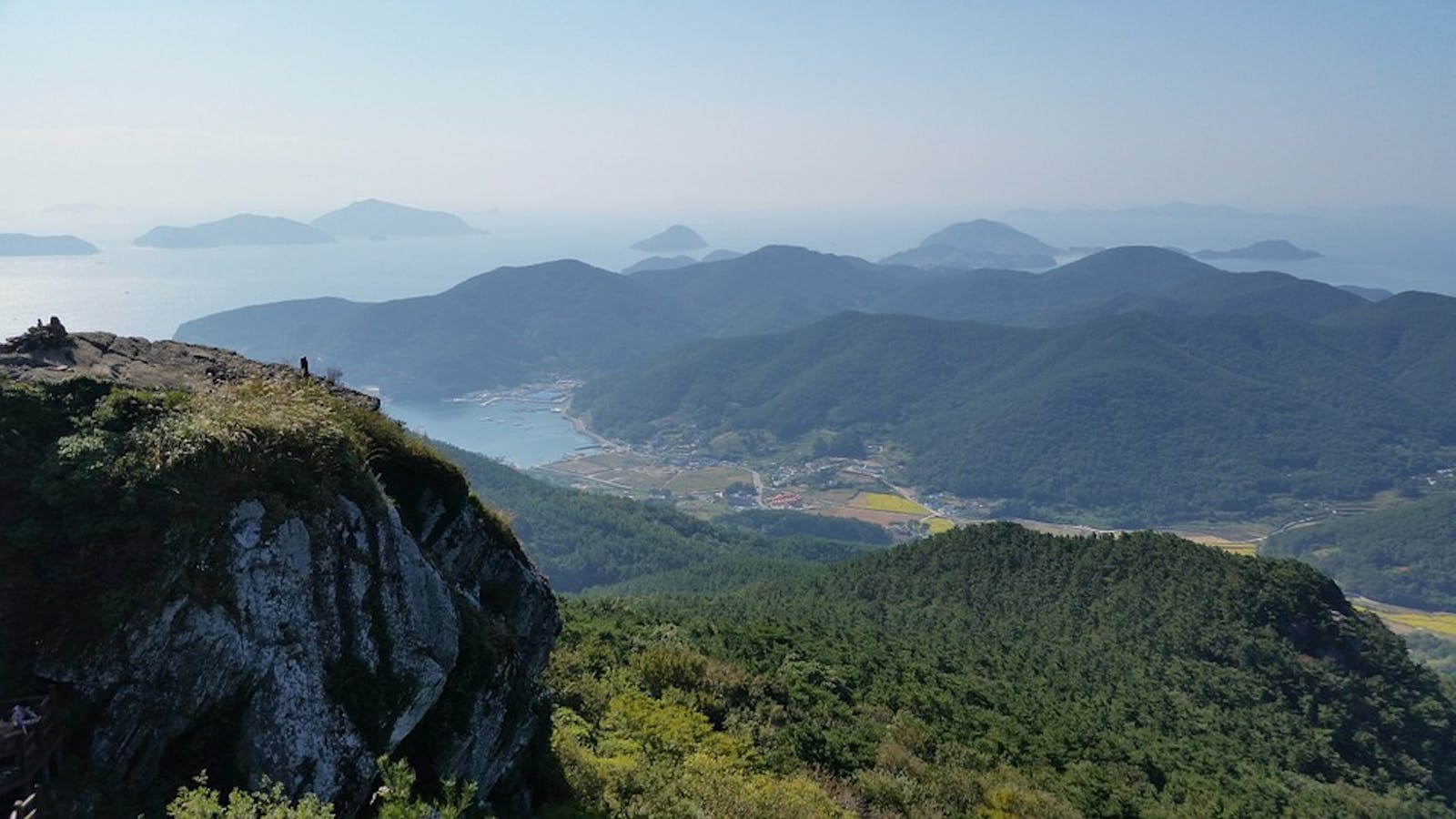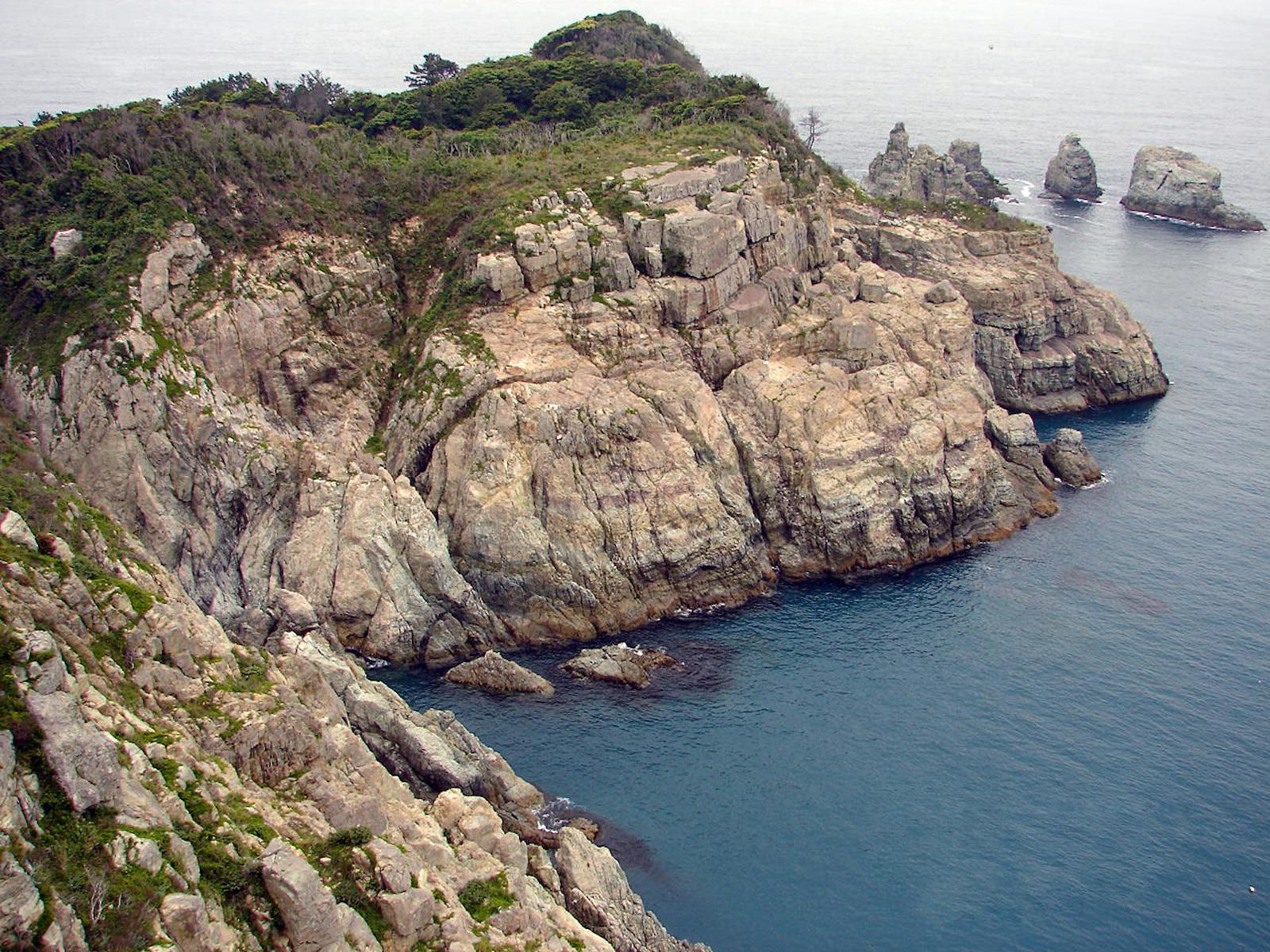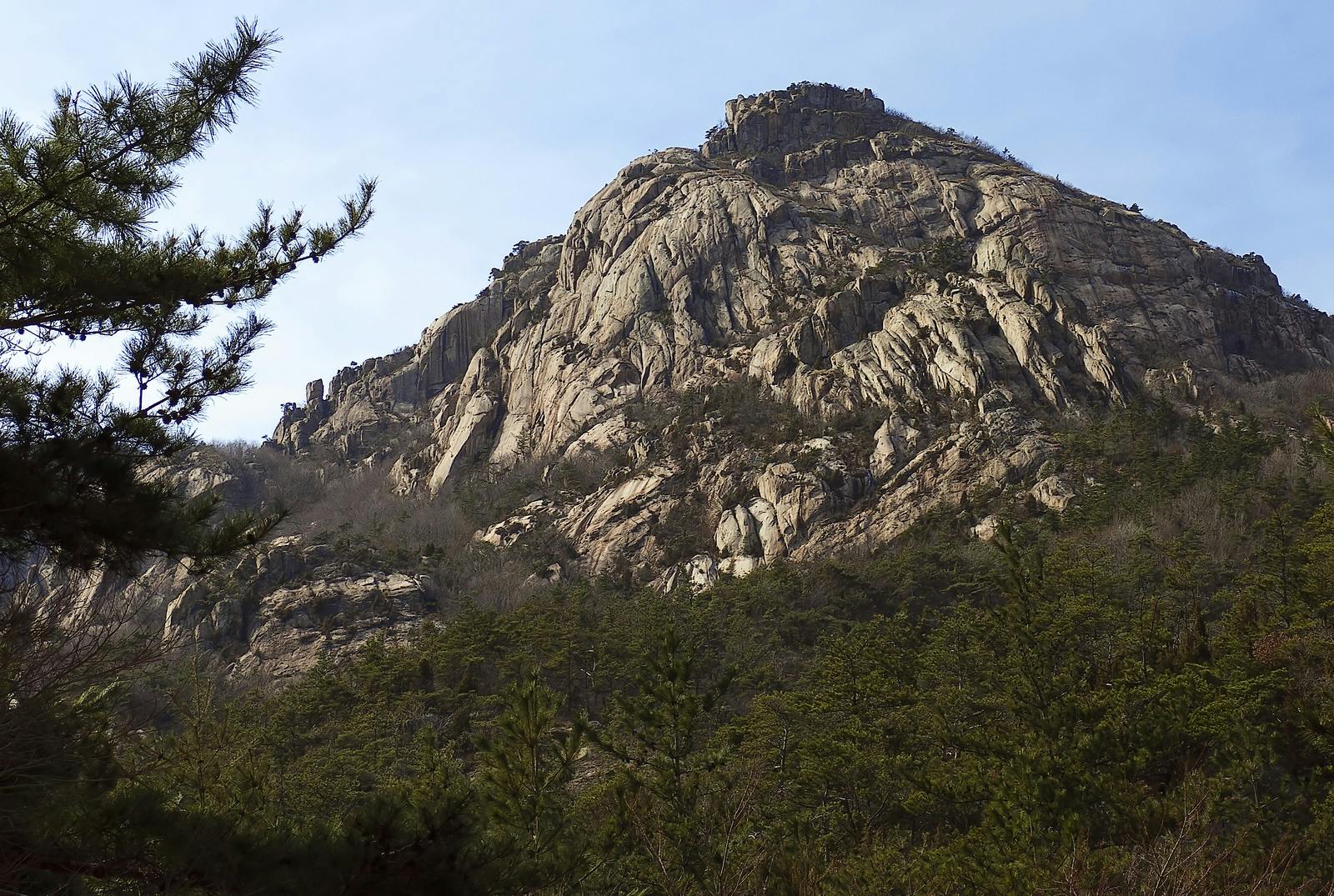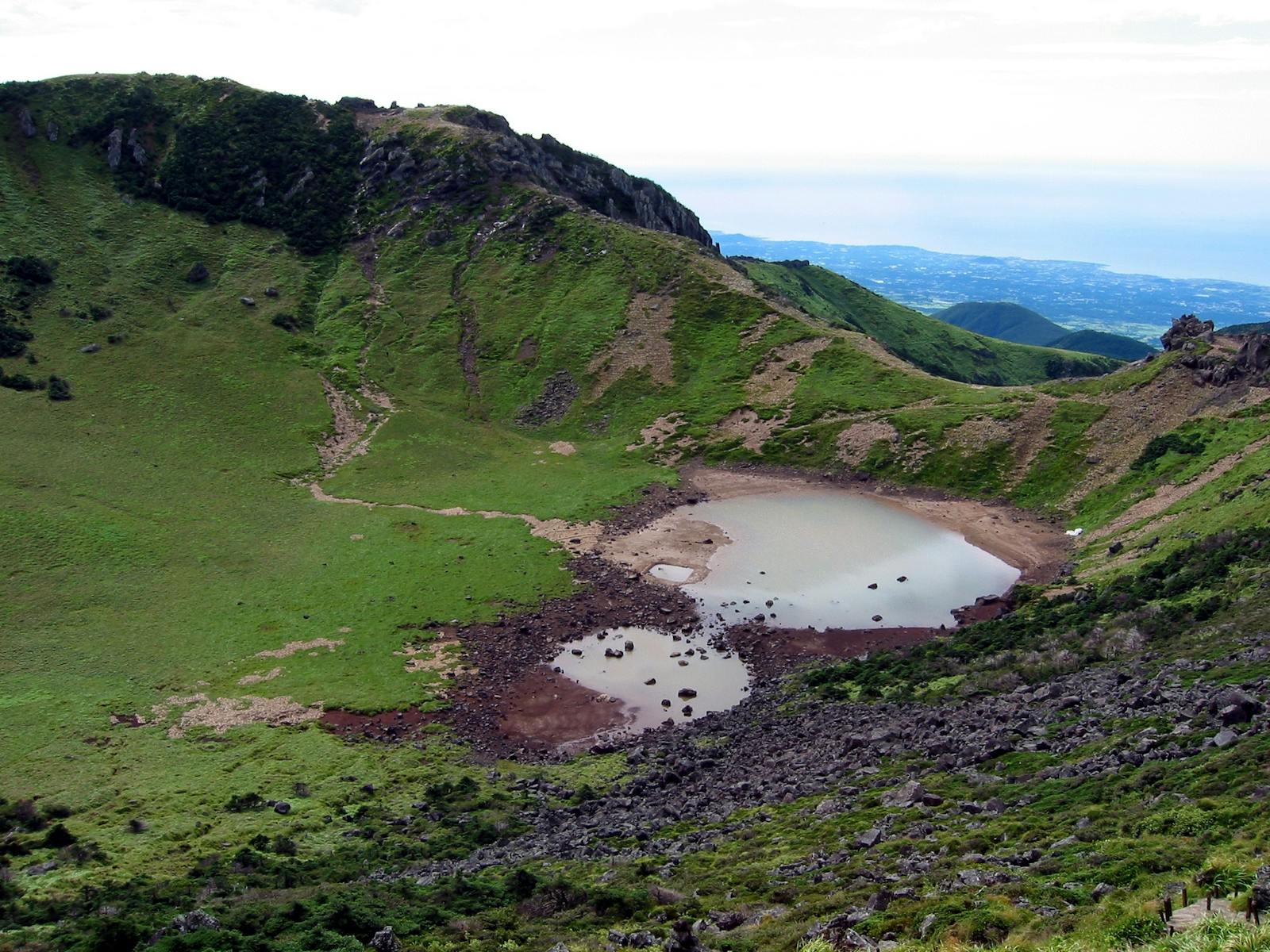Southern Korea Evergreen Forests
The ecoregion’s land area is provided in units of 1,000 hectares. The conservation target is the Global Safety Net (GSN1) area for the given ecoregion. The protection level indicates the percentage of the GSN goal that is currently protected on a scale of 0-10. N/A means data is not available at this time.
Bioregion: Korean Peninsula Mixed Forests (PA48)
Realm: Eastern Eurasia
Ecoregion Size (1000 ha):
1,476
Ecoregion ID:
681
Conservation Target:
31%
Protection Level:
6
States: Republic of Korea
The climate and environmental conditions of the southern margin of the Korean Peninsula and Jeju Island support warm-temperate evergreen broadleaf forest. While coniferous pine forest survives on rocky mountain ridges, almost all of the evergreen broadleaf forest— once abundant on the coastal plain —has been extirpated from the Korean Peninsula. Jeju Island, however, retains significant stands of this forest type, growing on lava flows unsuited to agriculture.
The East Asian monsoon brings warm, rainy weather to the Korean Peninsula during summer. The annual precipitation exceeds 1,000 mm throughout most of the Korean Peninsula, about two-thirds of which falls between June and September. In winter, the monsoon flow reverses so that cold, dry air is borne seaward.
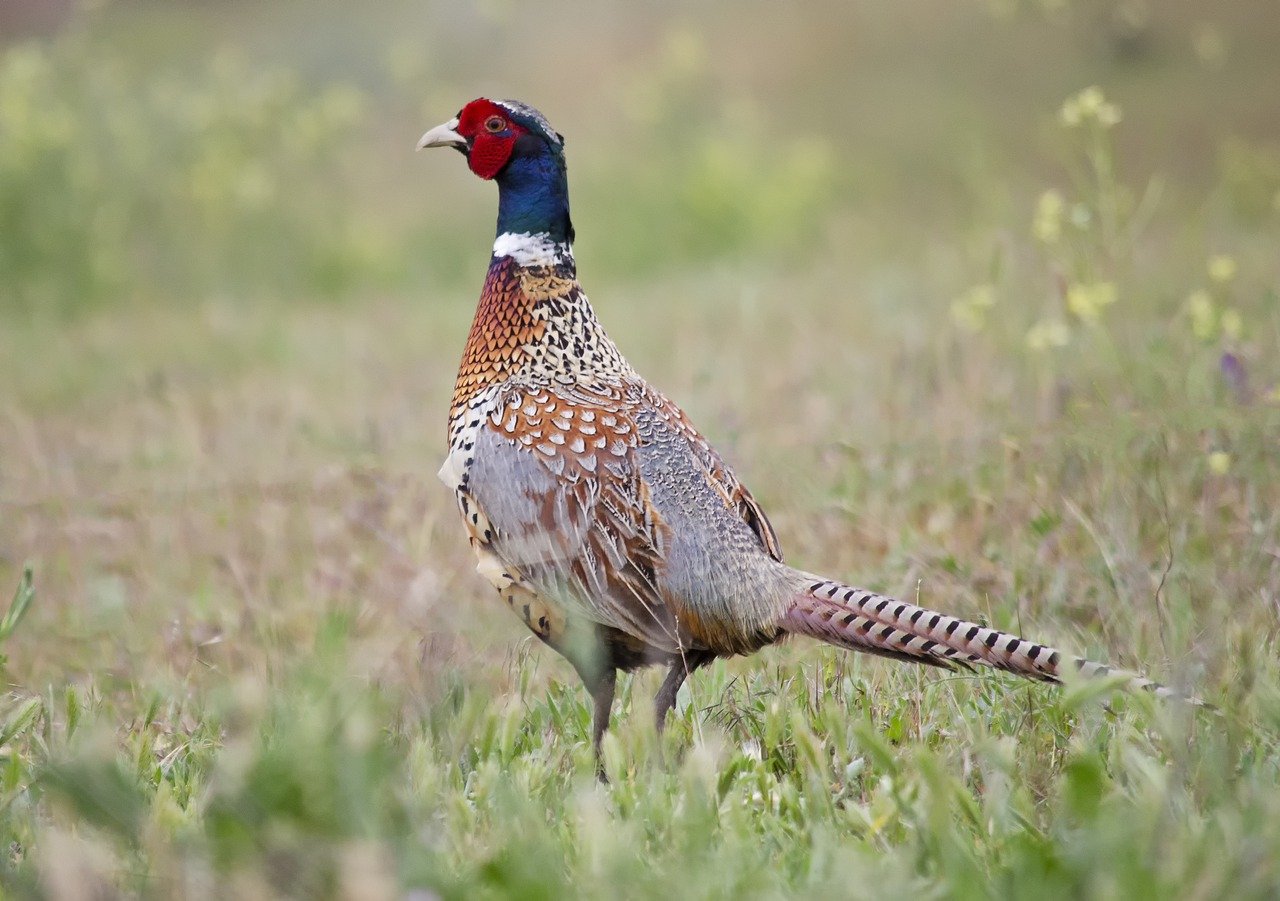
The flagship species of the Southern Korea Evergreen Forests is the Ring-necked pheasant. Image credit: Creative Commons
Snowfall occurs along the southern coast, but usually does not accumulate. Precipitation totals tend to vary considerably from year to year, and droughts are not infrequent.The southern coast and Jeju Island have warmer and milder weather than other parts of South Korea, with temperature ranging from 2.5° in January to 25°C in July, with an annual mean of about 14°C.
Tree taxa characteristic of this ecoregion include several genera in the laurel family (Machilus, Neolitsea, Cinnamomum) and oak family (Quercus, Castanopsis, and Cyclobalanopsis). The majestic bay laurel Machilus thunbergii, has a full, rounded crown that becomes twisted and gnarled when exposed to salty coastal winds. Camellia japonica, of temperate East Asia, is the ancestral stock for countless cultivars of ornamental camellia. Other trees characteristic of this depleted, but botanically rich ecoregion include holly, Viburnam, Elaeocarpus, and arboreal members of the ivy family.
Evergreen broadleaf forests floristically similar to those in Southern Korea once extended continuously from temperate East Asia across China to the Eastern Himalaya, to the mountains of Southeast Asia, Japan, and Taiwan. For example, more than 90% of the tree genera most frequent in this ecoregion occur at least as far west as Yunnan Province, China, and 80% can be found in the Himalayan foothills of Nepal.
On Jeju Island off the southern tip of the Korean Peninsula, has a warm-temperate, maritime climate. Here, bird’s nest fern grows as an epiphyte in forest habitat and there are native populations of familiar ornamental plants such as spider lily (Crinum asiaticum) and paper plant (Fatsia japonica), a member of the ivy family with broad, palmately divided leaves. Seventeen mammal species have been recorded on Jeju Island, but several are now extirpated. The only large wild mammal is eastern roe deer; other mammals include weasel, bat species, and small rodents.
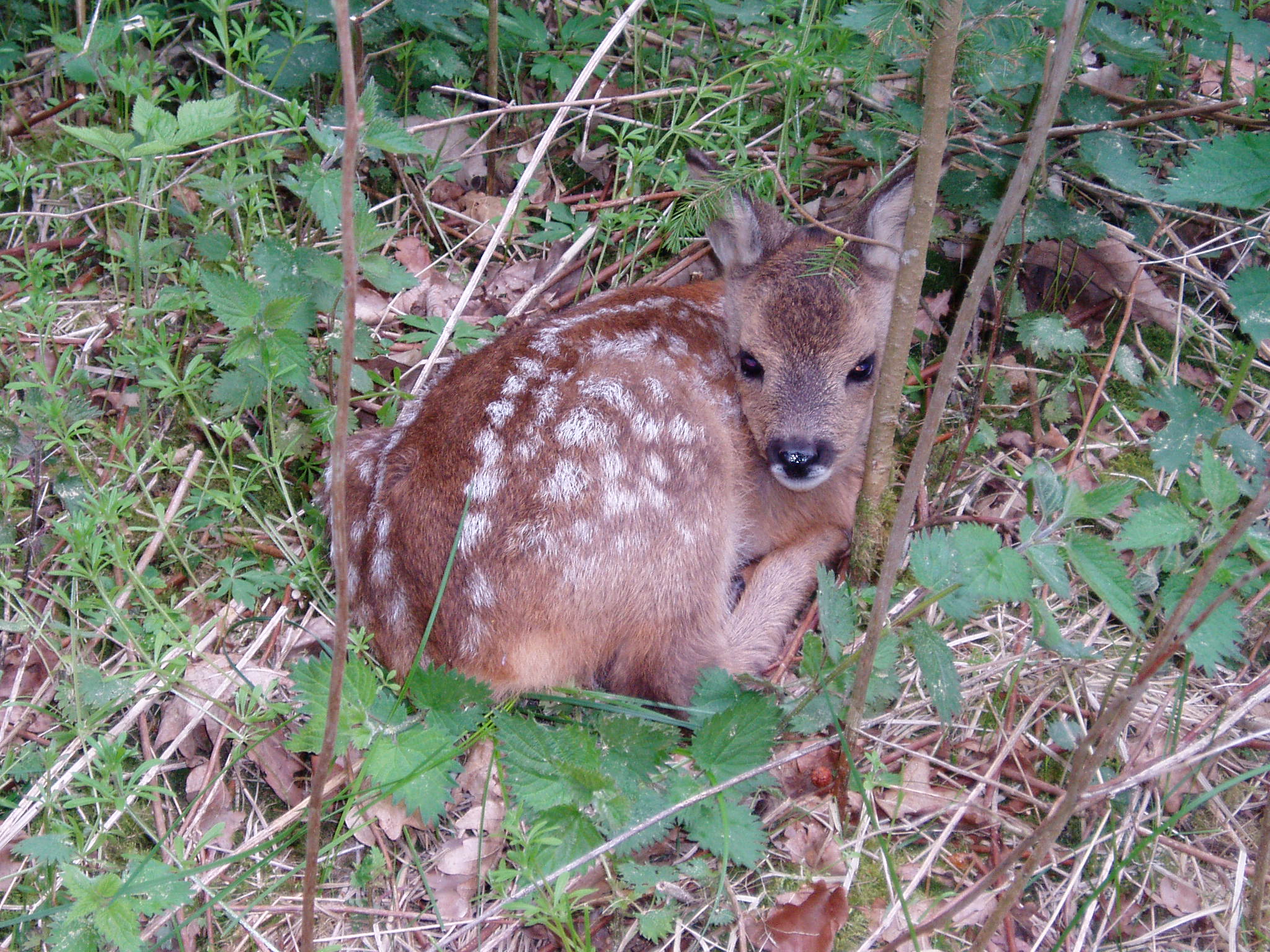
Roe deer. Image credit: Jan Bo Kristensen, Creative Commons
More than 350 bird species are recorded from this ecoregion, about one-third of which are winter visitors. Crested shelduck once occurred along the southern coast of Korea, but has not been recorded there since 1916, nor anywhere else since 1985; today it is listed as critically endangered and possibly extinct. Two crane species, endangered red-crowned crane and vulnerable white-naped crane, sometimes winter along rivers and coastal marshes, including coastal mudflats and rice paddies. Charismatic, resident birds include white-bellied black woodpecker, the colorful, ground-dwelling fairy pitta, and ring-necked pheasant.
As in many parts of East Asia, the low-lying coastal habitats on the mainland of the Korean Peninsula have been settled and cultivated intensively for centuries, leaving South Korea Evergreen Forests extant in relic patches only. On Jeju Island, however, relatively large stands of evergreen broadleaf forest persist on gotjawal terrain, where flows of viscous lava cooled into a blocky, porous surface ill-suited to cultivation.
Altogether, Jeju Island has about 110 km2 of gotjawal forest. Where it has been surveyed, the most abundant gotjawal tree taxa are ring-cupped oak, Neolitsea laurel, Japanese snowbell, and deciduous maple. Since gotjawal terrains are porous, ground water percolates to the surface in fens, creating marshy habitat that supports several endemic fern species and stands of centuries old camellia trees.
The priority conservation actions for the next decade are to: 1) secure RAMSAR status for gotjawal forest wetlands; 2) control inappropriate development within the gotjawal forest habitat; and 3) incorporate local consensus into management of the gotjawal forest habitat.
Citations
- Carpenter, C. 2000. Eastern Asia: Southern tip of the Korean Peninsula. https://www.worldwildlife.org/ecoregions/pa0439. Accessed December 2018.
- Kang, H.G., Kim, C.S., Kim, E.S. 2013. Human influence, regeneration, and conservation of the Gotjawal forests in Jeju Island, Korea. Journal of Marine and Island Cultures 2: 85–92.
- Yim, Y.J. 1977. Distribution of forest vegetation and climate in the Korean Peninsula. Japanese Journal of Ecology 27:269-278.
